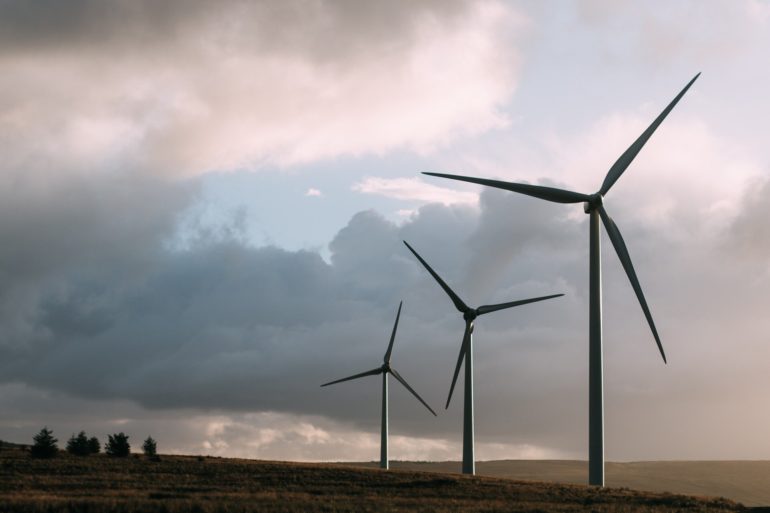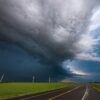Wind energy scientists at Cornell University have released a new global wind atlas—a digital compendium filled with documented extreme wind speeds for all parts of the world—to help engineers select the turbines in any given region and accelerate the development of sustainable energy.
This wind atlas is the first publicly available, uniform and geospatially explicit (datasets tied to locations) description of extreme wind speeds, according to the research, “A Global Assessment of Extreme Wind Speeds For Wind Energy Applications,” published in Nature Energy.
“Cost-efficient expansion of the wind-energy industry is enabled by access to this newly released digital atlas of the extreme wind conditions under which wind turbines will operate at locations around the world,” said Sara C. Pryor, professor in the Department of Earth and Atmospheric Sciences, who authored the paper with Rebecca J. Barthelmie, professor in the Sibley School of Mechanical and Aerospace Engineering. Both are faculty fellows at the Cornell Atkinson Center for Sustainability.
“This kind of information will ensure the correct selection of wind turbines for specific deployment,” Pryor said, “and help ensure cost-efficient and dependable electricity generation from those turbines.”
Knowing extreme wind speeds is key to turbine design for cost effectiveness, proper turbine selection and structural integrity on any given site, said the researchers. Before, in many locations, extreme wind-load estimates on projects were uncertain due to limited on-site measurements.
By the end of 2019, total global wind turbine installed capacity was more than 651 gigawatts (GW), according to the paper, thanks to 60 GW of recently built capacity—of which nearly 90% was placed onshore. “Thus, wind is now generating over 1,700 terawatt hours of electricity per year or about 7.5% of the global electricity supply,” Pryor said.
Barthelmie and Pryor report that the United States carries 17% of the world’s current wind energy installed capacity, while Europe (31%) and China (36%) carry more.
There are now wind turbines generating carbon-free electricity in more than 90 countries, Pryor said.
Development of research product was motivated by a need from the wind-energy industry, Barthelmie said. Quantifying extreme winds may also be useful in civil engineering applications and in structural reliability analyses for tall buildings and transportation systems—including long-span bridges—as well as for electricity generation and distribution.
“Further cost-efficient expansion of the wind-energy industry will be enabled by access to this newly released digital atlas,” Pryor said.
Quadrupling turbines, US can meet 2030 wind-energy goals
More information:
Sara C. Pryor et al, A global assessment of extreme wind speeds for wind energy applications, Nature Energy (2021). DOI: 10.1038/s41560-020-00773-7
Provided by
Cornell University
Citation:
New global ‘wind atlas’ propels sustainable energy (2021, February 3)
retrieved 3 February 2021
from https://techxplore.com/news/2021-02-global-atlas-propels-sustainable-energy.html
This document is subject to copyright. Apart from any fair dealing for the purpose of private study or research, no
part may be reproduced without the written permission. The content is provided for information purposes only.



